 |
 |
 |

|
Papst Franziskus trifft Fidel Castro
|
|
 |
SPORTS/NO SPORTS
2/9/2016-20/8/2017
Football coaches wear custom-made suits; sneakers and jogging pants are appropriate office attire. Stars walk the red car-pet in shorts and Fidel Castro receives the pope in a track suit. Where just a few years ago firmly established dress codes prevailed, it seems that today “anything goes”. The exhibition sports/no sports at the Museum für Kunst und Gewerbe Hamburg (MKG) will explore the correlation between fashion and sportswear with a focus on social, formal and aesthetic contexts.
|

|
Posted 12 July 2017
|
Share this:
|
|
It will be the first comprehensive exhibition in Germany ever devoted to these two phenomena. With approxi-mately 110 articles of clothing, models, sketches and looks, the MKG will shed light on the development of fashion, sports-wear and changing body ideals as well as the influence of textile technology on clothing. The exhibition will retrace the changes sports has brought about in clothing forms and norms, recall the extinction of the corset and the triumphal advent of the jersey and women’s trousers, and investigate the increasing androgenisation of fashion.
|
|
|
|
|
|
|
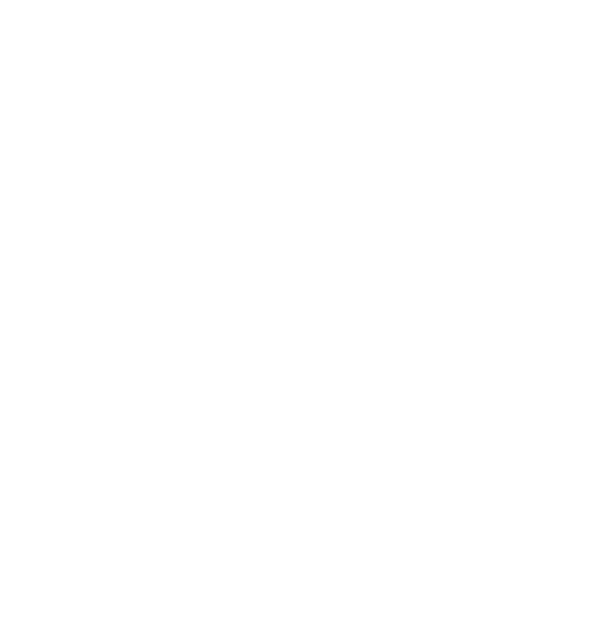
Craig Green (*1986)
Herrenanzug, London, F/S 2015
Herstellung: Großbritannien, Polypropylenfolie, gewebt, wattiert, abgesteppt, Viskose-Rips
Eigentum der Stiftung für die Hamburger Kunstsammlungen
© Museum für Kunst und Gewerbe Hamburg
|
|
|
|
|

|

|

|
These developments have gone hand in hand with the perfection of the body from the bodice to the energetic athletic physique to body shaping. After the dress codes of the 18th and 19th century restricting the body movements (before sports) the liberalisation of fashion pro-ceeds. The factual sportswear of the beginning of the 20th century (sports) is contrasted with the hybrid forms (sports?) in fashion design
.
The contemporary avant-garde (beyond sports) instead refuses any functionality and obtains inspiration from various sources. On exhibition are more than 40 brands, designers and couturiers, among others Adidas, Alexander McQueen, Alexander Wang, Chanel, Christian Dior, Comme des Garçons, Gareth Pugh, Hussein Chalayan, Issey Miyake, Junya Watanabe, Maison Martin Margiela, Puma, Raf Simons, Speedo, Tom Ford, Triumph, Viktor & Rolf Atelier, Yohji Yamamoto, Yves Saint Laurent from the MKG’s extensive fashion collection and international loans.
|
|
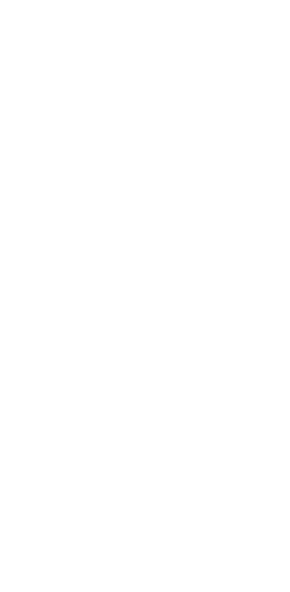
Damen-Badebeinkleid Europa, um 1910/12 Baumwollgewebe, Baumwollbändchen © Museum für Kunst und Gewerbe Hamburg
|
|
|
|

|

|

|
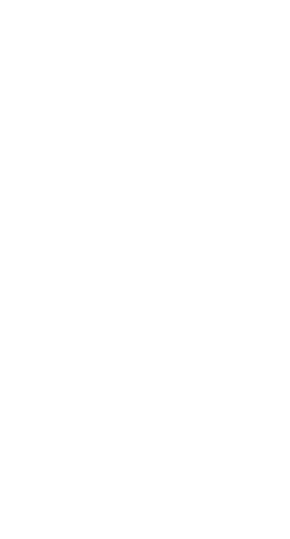
Issey Miyake
Monokini, Tokio, 1980er Jahre
Polyamid-/Elasthan-Wirkware
© Museum für Kunst und Gewerbe Hamburg
|
|
Previously the foremost aim of middle-class women’s clothing had been to cover and conceal; in the process, it had inhibited physical movement. In the first two decades of the 20th century, clothing began to allow far more freedom of movement. By way of cycling, riding or swimming apparel, the highly controversial trousers found their way into women’s everyday wardrobes and later even into formal attire. However, the appropriate and healthy riding posture of women as well as respectable clothing remain highly controversial until the late 20th century. The long transitional period from the side saddle to the conventional saddle, from floor-length skirts to riding-breeches, originates astounding hybrid-constructions between skirts and trousers. The exhibition shows this with numerous examples. Eventually, in the 1930s a widely uniform riding apparel consisting of jackets and breeches was established for both genders.
|
|
|
|
|

|

|

|
Sportswear Becomes Trendy
In the 1920s, sportswear fed back into general fashion as well: Coco Chanel (1883-1971) and Jean Patou (1887-1936) were leading protagonists in the integration of sports elements into haute couture. What is more, as early as the 1920s, Patou designed sports apparel himself, for example for the famous French Wimbledon victor and fashion icon Suzanne Lenglen. The exceptional player from France wears couture by Patou on the court.
Already in 1919, she plays without a corset, wear-ing a short skirt and knee socks. She becomes a fashion icon on the court and beyond. In the thirties René Lacoste and Willy Bogner develop the polo shirt in order to no longer have to play wearing long sleeves. The sports idols became trend-setters and founded their own clothing companies, both of which still exist today. From the 1950s onwards, the British ten-nis player and fashion designer Ted Tinling (1910-1990) creates scandalous tennis apparel with a lot of sex appeal. Like fashion in general, swim wear begins to become smaller and smaller for both sexes: for the first time, the woman’s naked leg became visible in public. In the exhibition, this process is portrayed by means of swim wear between 1900 and 1930. It changed through new materials and increasingly tight models, until it shrinks to a minimum of used textiles in the 1960s and 1970s. The sleeveless tricot, on the other hand, finds its ways into everyday fashion and dress codes as early as 1920.
|
|
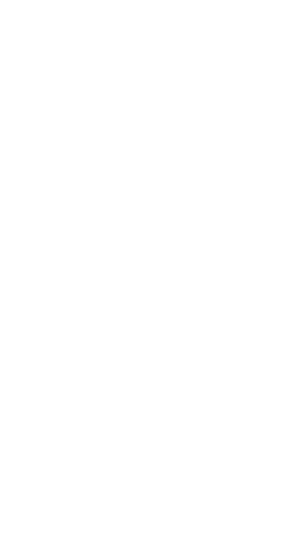
Edmund Lapidus (1929-2008) für Ted Lapidus
Abendensemble im Rokokostil, Paris, Anfang 1970er Jahre
Seidentaft changeant, chiné, Seidenorganza, Seidenblumen
© Museum für Kunst und Gewerbe Hamburg
|
|
|
|

|

|

|
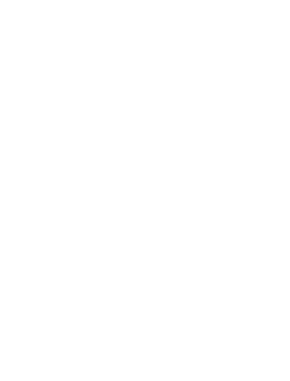
Marc Sadler für Dainese
Motorradschutzkleidung Protector Safety Jacket Space 1, Mailand/Molvena, 1997/98
Nylonmesh mit Elastan und Polyethylen
© Museum für Kunst und Gewerbe Hamburg
|
|
Sports and Youth
When fashion designers began to set their sights on young people in the mid-sixties, the ‘sportification’ of fashion in-creased at a faster rate than ever. From the eighties onward, sportswear no longer had a merely indirect impact on every-day fashions, but now exerted an increasingly strong influence on style. Trend sports like skating, surfing or aerobics, which first emerged in the USA, have a major influence on everyday fashion of adolescents.
The pop- and subculture is of special importance: Hip-Hop and Rap artists become fashion icons. Sneakers, baseball caps, leggings and tracksuits, Over-size and Drop-crotch conquer the realms of casual dress, streetwear, office apparel, and even upscale fashion. Certain sportswear brands became expensive “must-haves”. Designer and labels like Alexander Wang, Sibling, black boy Place or Devon Halfnight LeFlufy integrate the “sports-look” into the fashion lines and designs.
|
|
|

|

|

|

|

|
|
|
Paul Schietekat
Helm „Sirocco 2007 – Scalp Rider (Full Permanent Wave)“, Gent, Belgien, 2007
Plastik, Plexiglas, Polyester, Leihgabe des Designers
© Paul Schietekat
|
|
|
|
|
Rawlings
American Football Shoulder Pad, Modell: SRG (Skeletal Responsive Gear) Combat CPQBL
Venti Light Polsterung: PU- (Polyurethan) und EVA- (Ethylenvinylacetat) Schaum, Polyester
Leihgabe Hamburg Blue Devils
© Hamburg Blue Devils e.V.
|
|
|
|
|
Desirée Hess (*1971), Ines Kaag (*1970) für Bless
“The ToC Helmdo“, aus der Kollektion Nr. 46 "Contemporary Remediation“, Berlin/Paris, 2012
Kappe in Form eines Fahrradsturzhelmes mit geflochtenen Wülsten aus Nylontoile, wattierte Wülste aus Nylontoile, geflochten, auf Fahrradhelmgestell montiert
© Museum für Kunst und Gewerbe Hamburg
|
|
|
|

|

|

|
The Modelling of the Body
The dissatisfaction with the body appears characteristic for the western world. The resulting desire for self-improvement is a strong motive for physical activities. The newest trend is “selftracking”, the collection and evaluation of one’s physical data. The young start-up enterprise Antelope, for example, offers tracksuits with an integrated EMS-system and compres-sion effect for men, which stimulates the muscles of the wearer electrically. The stimulation can be operated via Bluetooth with a smartphone app. The necessary equipment for this kind of sports apparel, such as bracelets and other visible gadgets are worn not only because of their function but also as fashionable accessories.
|
|
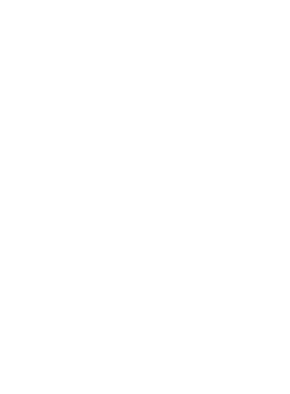
Walter Van Beirendonck
Fahrradtrikot: Oberteil/Hose, aus der Kollektion: Crossed Crocodiles Growl, Antwerpen, H/W 2014
Wolltuch, Polyamid/Elastan-Maschenware, Polyester-Maschenware, Wollfilz, Leder
© Museum für Kunst und Gewerbe Hamburg
|
|
|
|

|

|

|
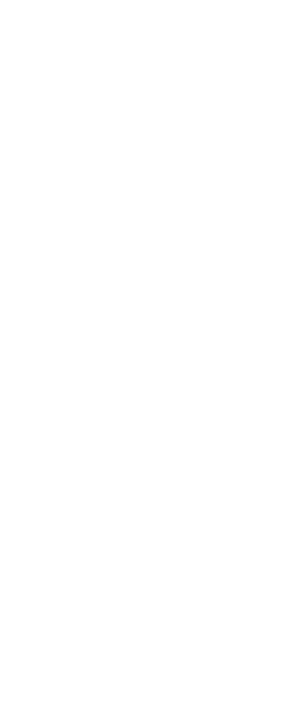
Zoggs
Damen-Schwimmanzug „Burkini“, Sidney/Mailand, 2013
Dreiteiliger Ganzkörper-Schwimmanzug aus Oberteil mit anknöpfbarer Kapuze und langer Hose
Polyamid-/Elasthan-Wirkware
© Museum für Kunst und Gewerbe Hamburg
|
|
The connection between sports, new tech-nology and fashion succeeds time and again. Since the beginnings of Modernity it remains highly attractive. During the course of the 2oth century, the responsibility for the physical appearance was transferred from the dressmaker to the indi-vidual. Corpulence, no longer controlled by the undergarments, becomes a symbol of inertance. Only a slender, trained body is recognised as healthy and efficient. Fitness programmes, body styling and body building aim to perfect the physical appearance, and less to increase the athletic accomplishment. Dieting becomes the norm.
The body exposing fashion, that has been predominate for quite some time, debunks all exercising and dietary sins. Meanwhile, even men feel the pressure for body-conformity, because without constant training, a muscular body is unattainable. Even casual tracksuits require an optimised body to correspond with the aesthetic spread by the media.
|
|
|
|
|

|

|

|
Hybrids
Meanwhile the interpenetration of the two segments of the clothing industry is nearly complete: sportswear brands employ fashion designers and creative directors and increasingly produce fashion articles. There are creative and financial partner-ships, for example, between the British fashion designer Hussein Chalayan and Puma, or between Yohji Yamamoto and Adidas.
The number of so-called designer capsule collections is constantly on the rise. Conversely, designer fashion helps itself generously to sportswear styles in terms of recourse to traditional forms but also through the integration of current trends and high-tech materials. The playful or abstract citation of sportswear attributes is discernible even in haute cou-ture, for example Chanel designs. The fashion marketing machine is running at full speed, particularly in view of the fact that well-known athletes and pop stars participate in this profitable business.
|
|
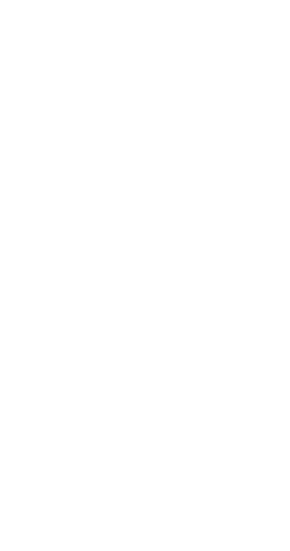
Rei Kawakubo für Comme des Garçons
Hosenkombination und Bluse, Tokio, Kollektion F/S 2015
Wolltuch und Polyesterköper laminiert auf PE-Gewebe, PE-Krepp, Gurtband, Wattierung
© Museum für Kunst und Gewerbe Hamburg
|
|
|
|
|
|
|
|
|
|


